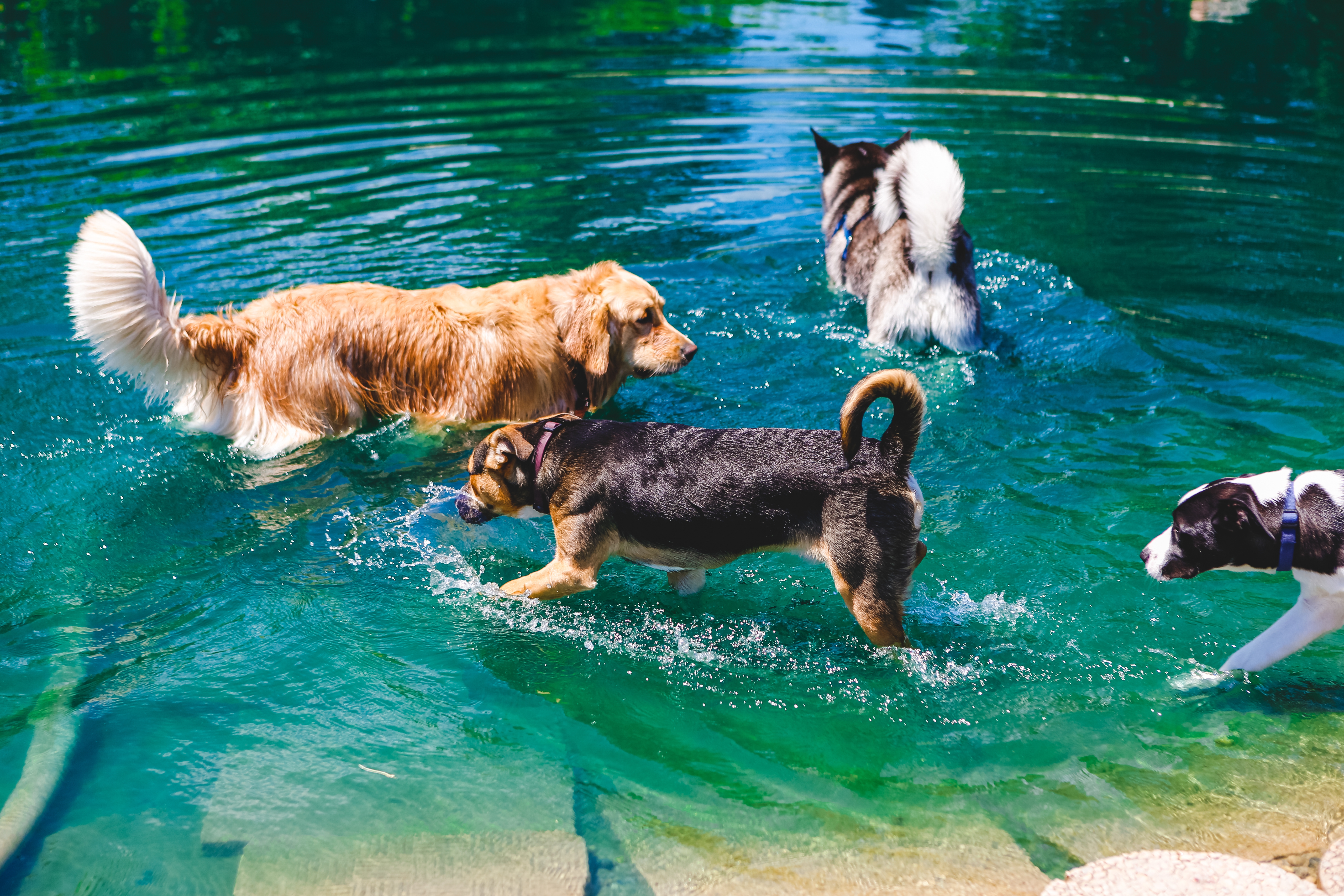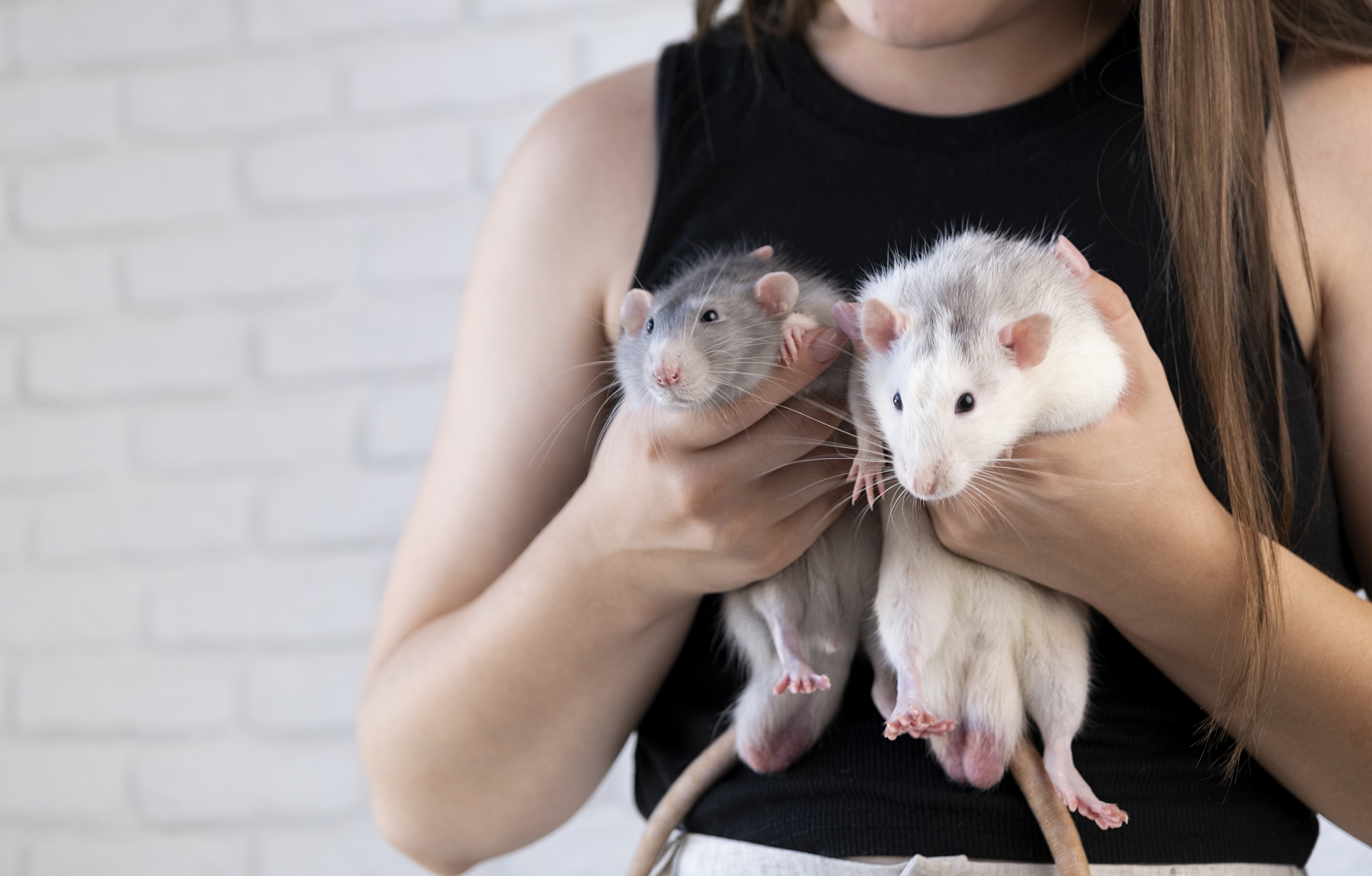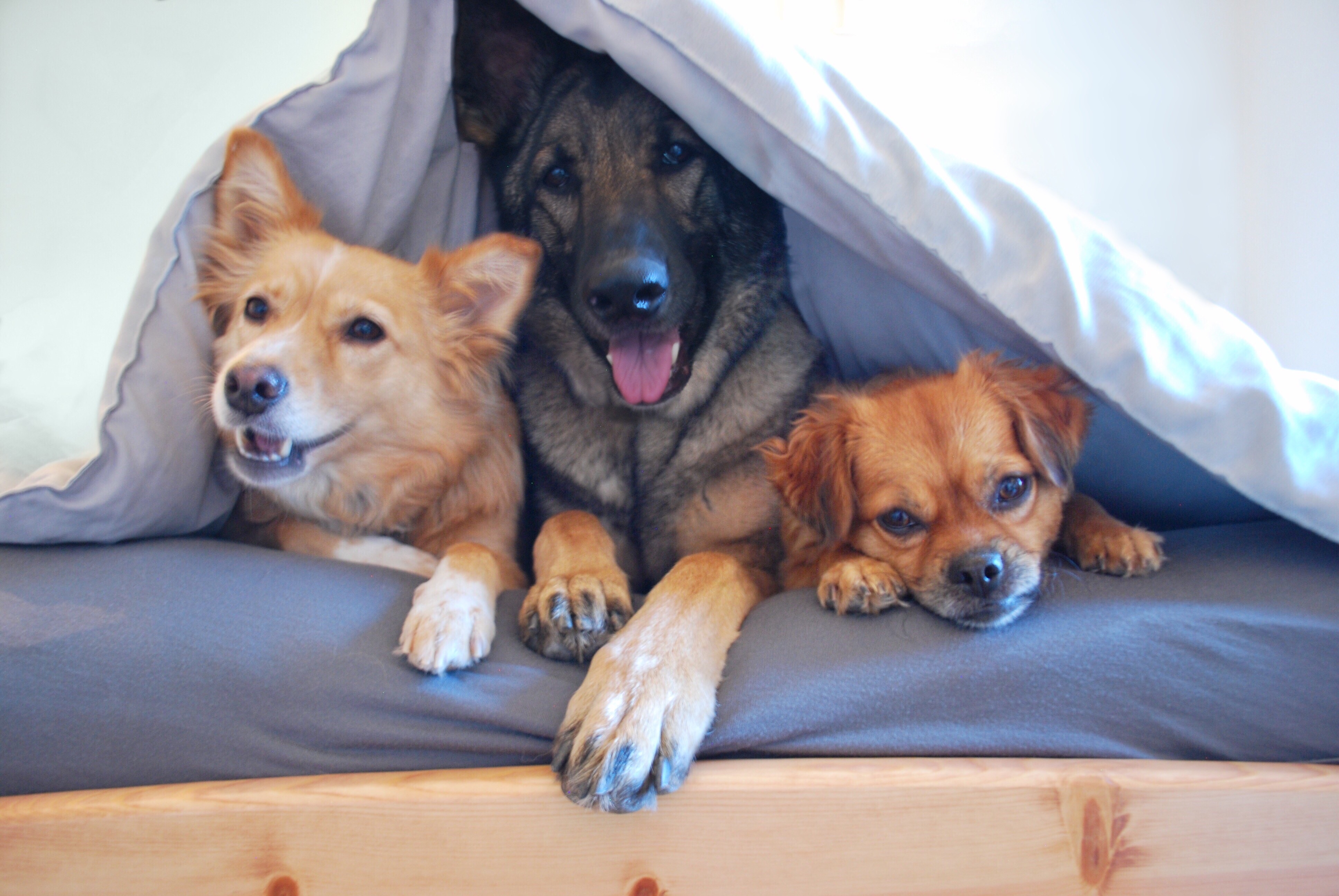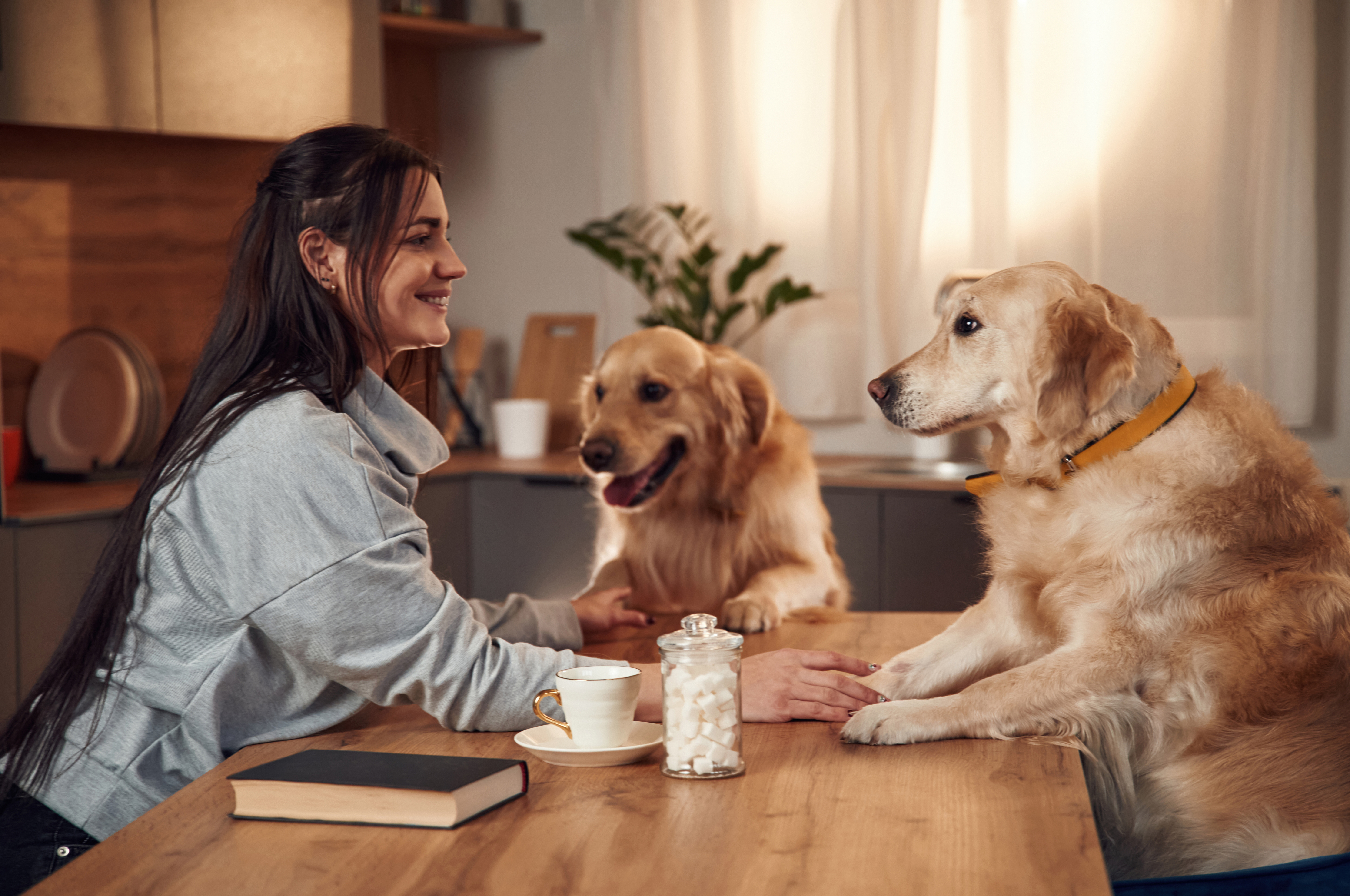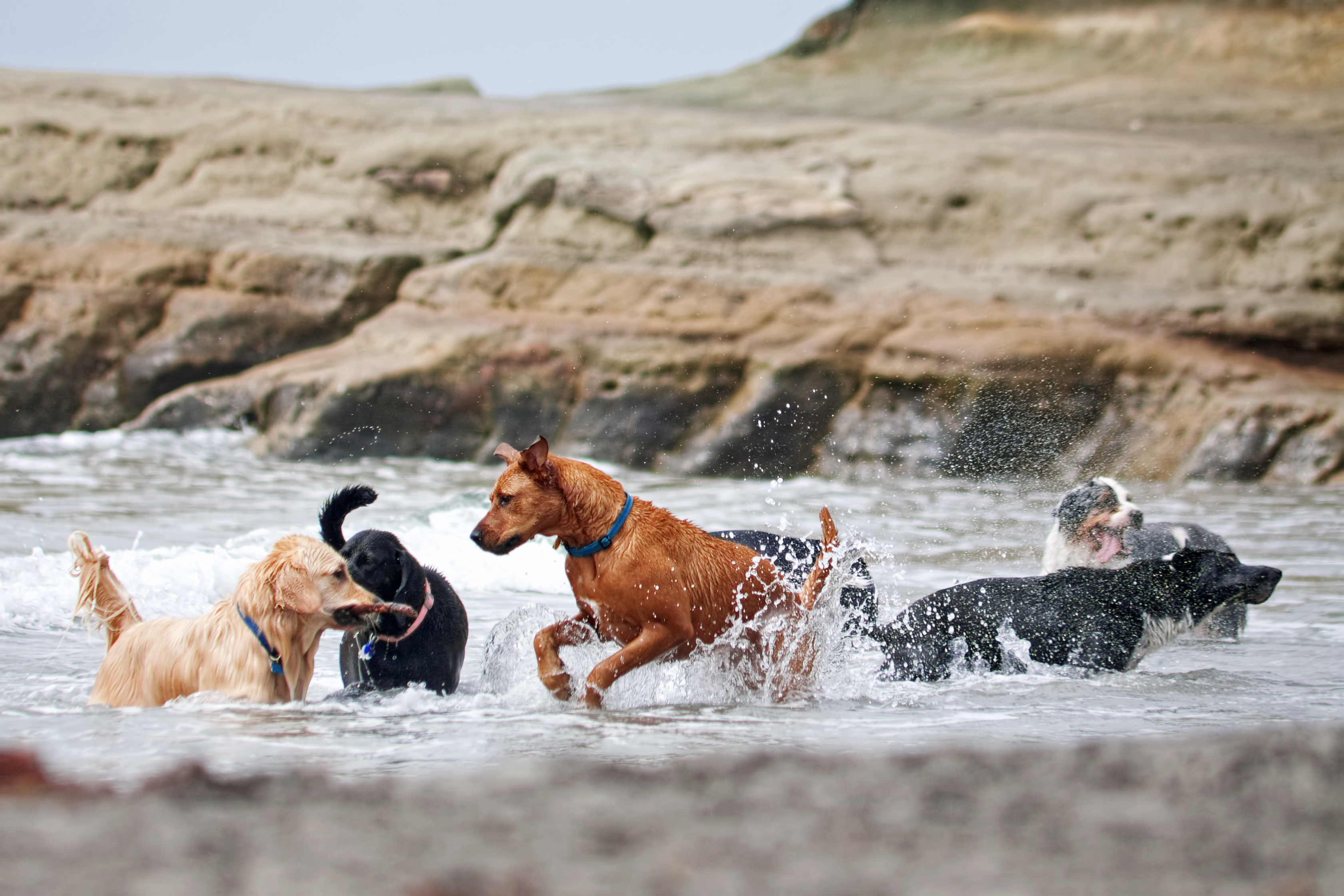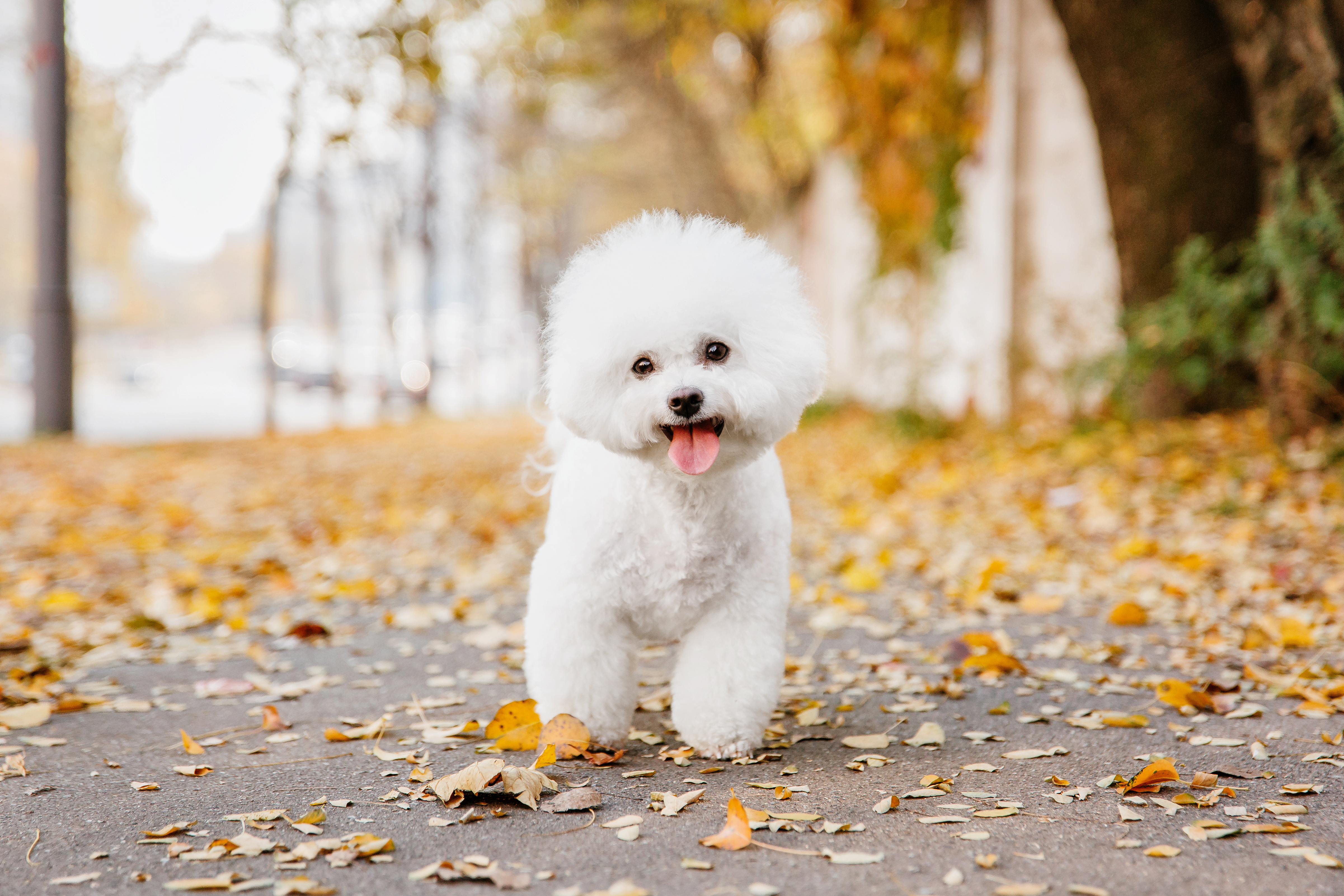10 Essential Socialization Tips for a Friendly, Confident Dog
Every dog owner dreams of having a confident, well-socialized canine companion. However, for many, this dream can seem distant when faced with a shy or anxious pup. Understanding that socialization is a crucial aspect of a dog’s development is the first step towards transforming your timid furry friend into a confident and friendly canine. Socialization is not just about teaching your dog to behave around others; it's about building trust, reducing fear, and promoting positive interactions with the world. This guide will explore 10 proven socialization secrets that can help your pup grow into a confident dog who thrives in various environments. By integrating these strategies, you can ensure your dog feels secure, happy, and ready to explore the world with enthusiasm.
1. Understanding Canine Shyness

Before diving into socialization techniques, it's vital to understand the root causes of canine shyness. Shyness in dogs can stem from genetics, lack of exposure to different environments during the critical socialization period, or negative past experiences. Recognizing these factors can help tailor your approach to suit your dog's specific needs. For instance, a dog with a genetic predisposition to shyness may need longer and more gradual exposure to new situations compared to one who simply lacked early socialization. Understanding these nuances allows you to set realistic expectations and develop a patient, compassionate approach to your pup's socialization journey.
2. The Importance of Early Socialization

The critical period for socialization in puppies is between 3 to 14 weeks of age. During this time, puppies are most receptive to new experiences, making it the ideal window to introduce them to various stimuli. Introducing your pup to different people, places, and other animals during this period can significantly impact their confidence levels as they mature. However, if your dog has surpassed this age, don't worry—socialization is still possible. It may require more patience and persistence, but with the right strategies, even older dogs can learn to embrace new experiences positively.
3. Creating a Safe Environment
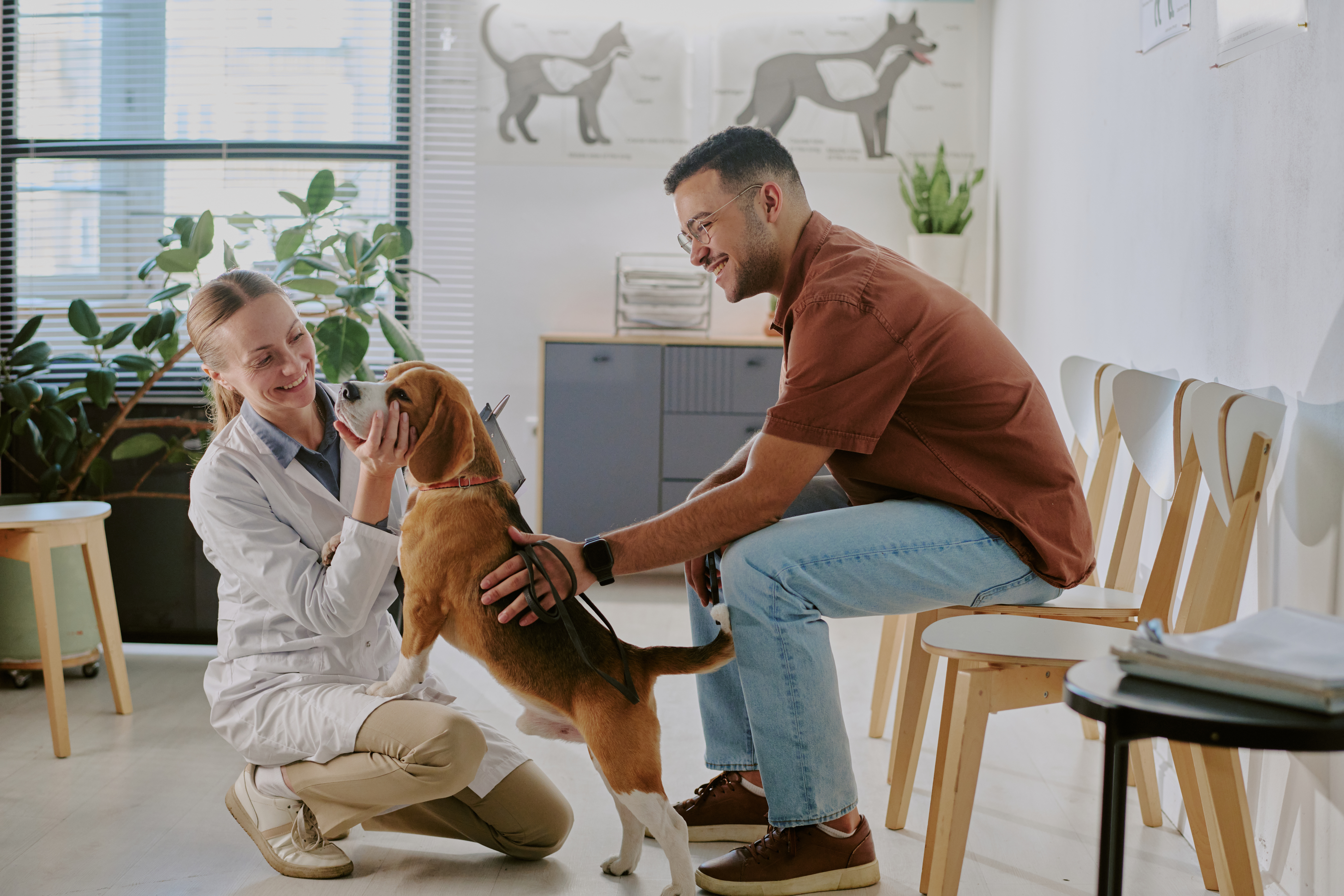
A safe and secure environment is fundamental for effective socialization. Dogs, like humans, need to feel safe to explore and learn. Start by ensuring your home is a stress-free zone for your pup. Provide them with a comfortable space where they can retreat if they feel overwhelmed. Gradually introduce them to new environments, starting with quiet, familiar areas before moving on to busier, more challenging settings. By controlling the environment, you can manage the stimuli your dog is exposed to, ensuring each new experience is positive and reinforcing their growing confidence.
4. Positive Reinforcement Techniques
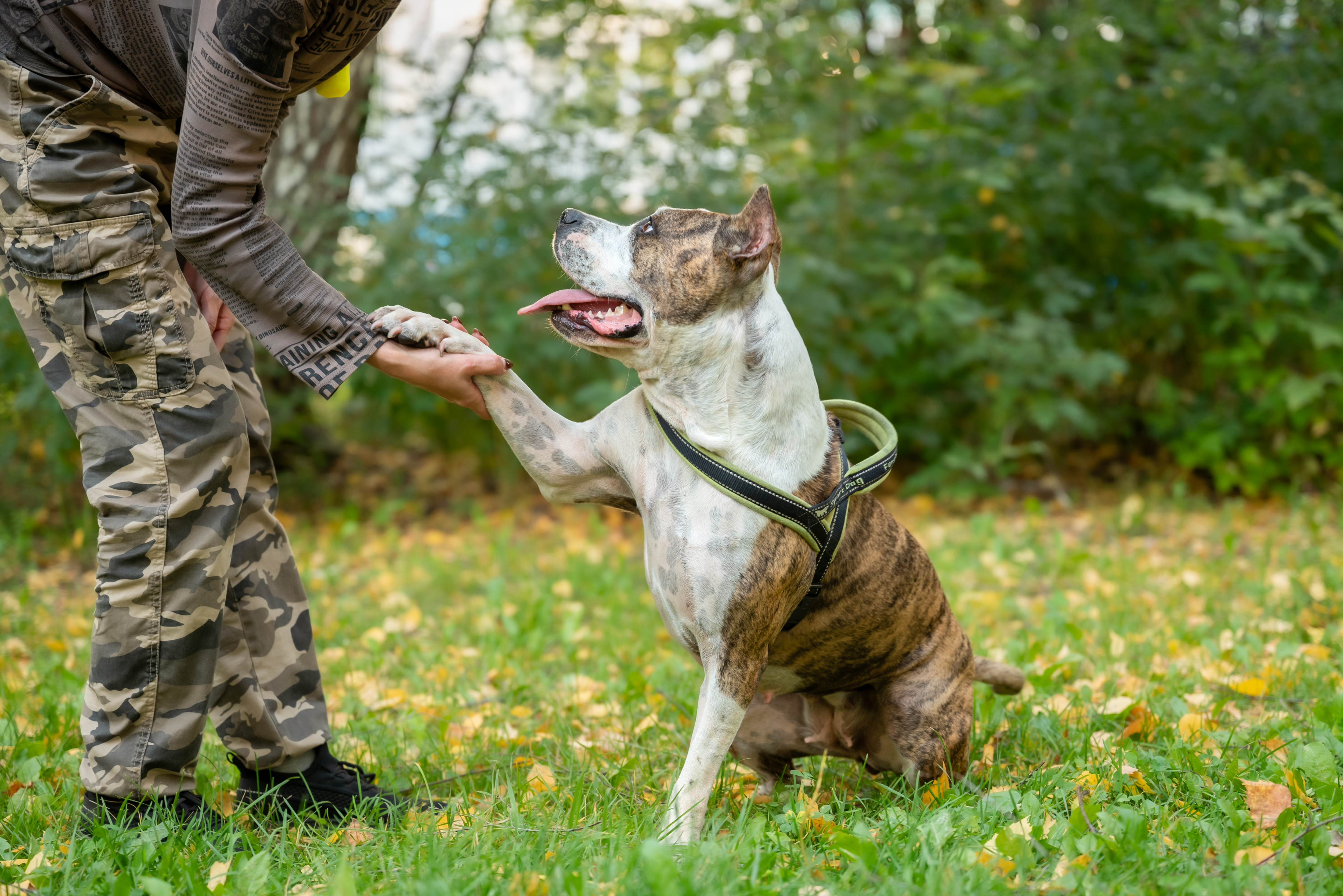
Positive reinforcement is a powerful tool in shaping your dog's behavior and boosting their confidence. Rewarding your pup with treats, praise, or playtime for positive interactions encourages them to repeat those behaviors. When introducing your dog to new experiences or environments, use positive reinforcement to create a positive association. For example, if your dog is hesitant around new people, reward them for calm behavior when meeting someone new. Over time, your dog will start to associate new experiences with positive outcomes, reducing anxiety and increasing their willingness to engage.
5. Gradual Exposure to New Experiences
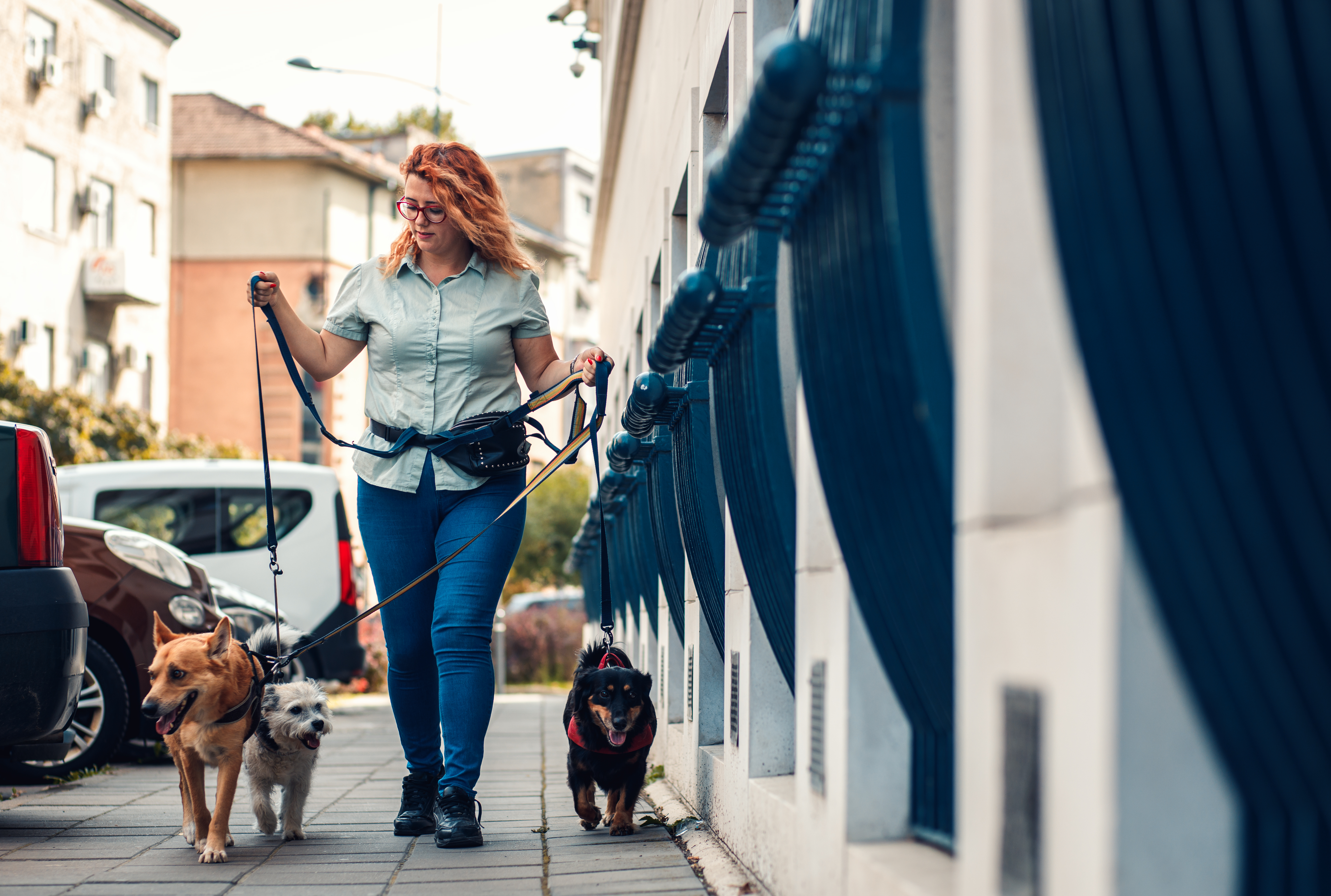
Gradual exposure, also known as desensitization, involves introducing your dog to new experiences at a pace they are comfortable with. Start with less intimidating situations and slowly increase the complexity and intensity of the experiences. For instance, if your dog is afraid of loud noises, begin with soft sounds and gradually increase the volume as your dog becomes more comfortable. This method helps your dog build confidence incrementally, minimizing stress and maximizing positive associations with new experiences.
6. Socialization with Other Dogs
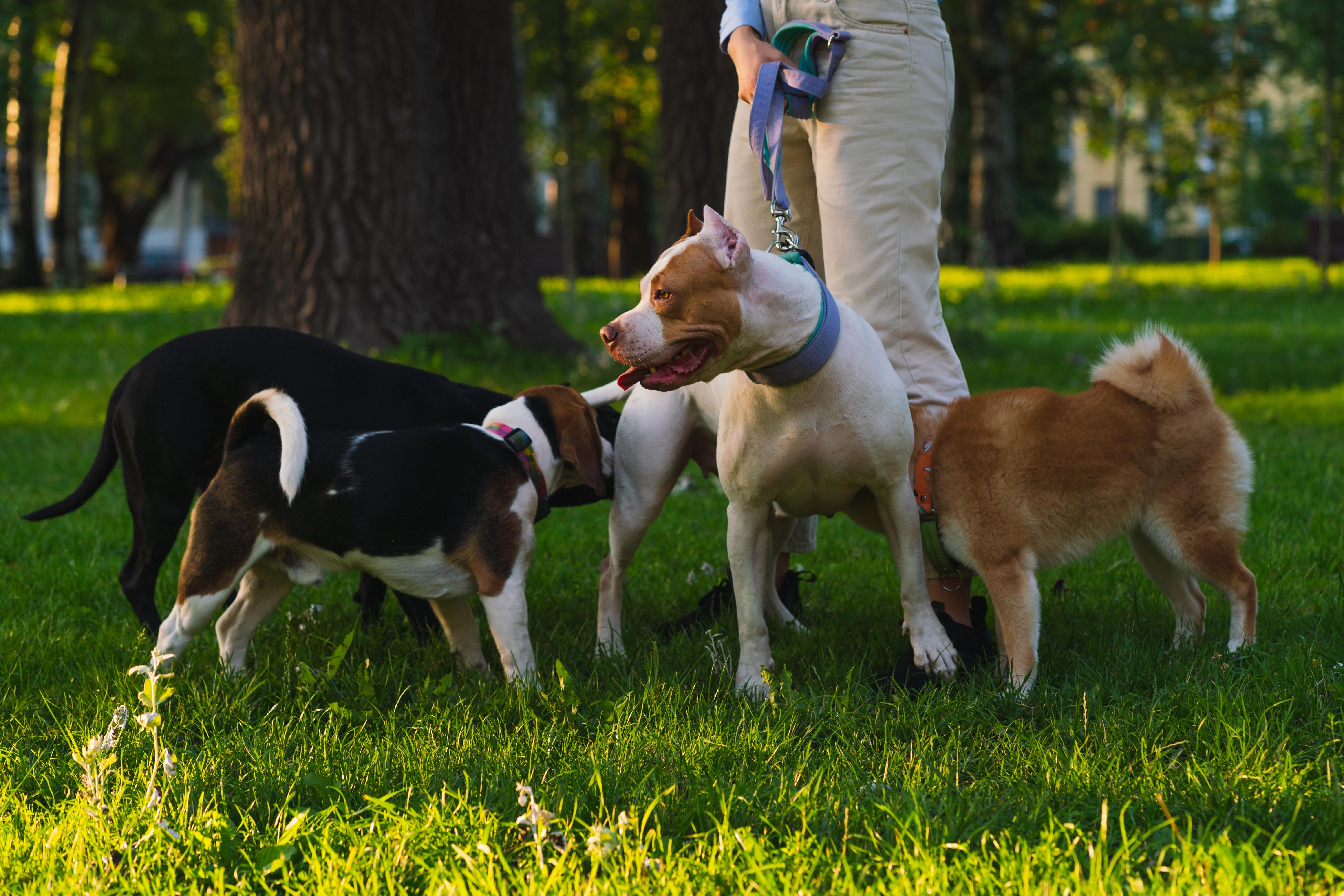
Interacting with other dogs is a crucial component of socialization. Dogs learn a lot from each other, including communication signals, boundaries, and play behavior. Arrange playdates with well-socialized dogs who can serve as positive role models for your pup. Ensure these interactions are supervised to prevent any negative experiences that could set back your dog's progress. Over time, these positive interactions will help your dog learn to communicate effectively with other dogs, boosting their confidence in social settings.
7. Introducing Your Dog to New People
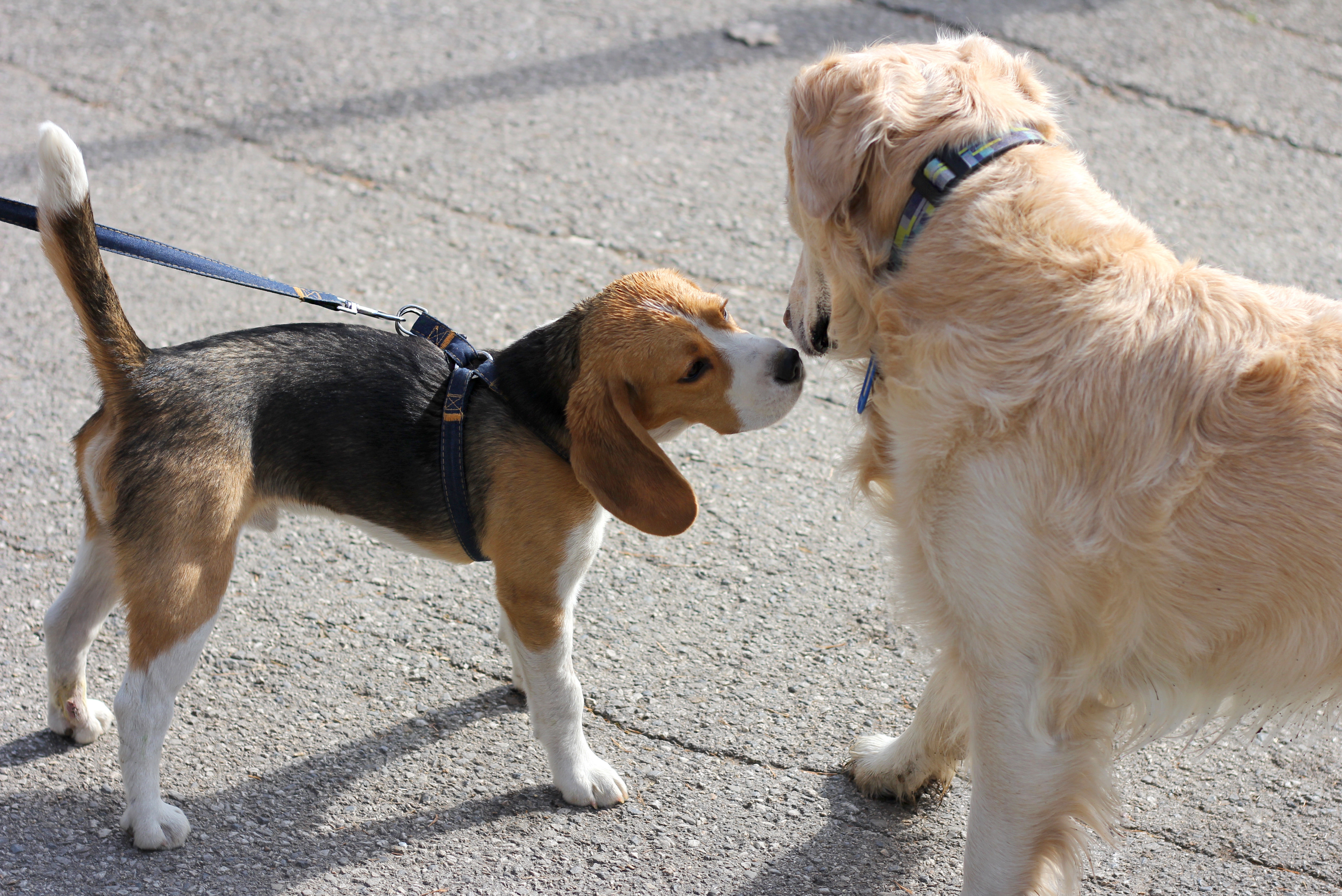
Meeting new people can be daunting for a shy dog. To ease this process, introduce your dog to new people gradually and in controlled environments. Encourage visitors to offer treats and approach your dog at their level to appear less intimidating. Allow your dog to approach at their own pace, and never force interactions. With time and positive experiences, your dog will learn that meeting new people can be a rewarding and enjoyable experience, enhancing their social confidence.
8. Exploring Different Environments

Exposing your dog to a variety of environments is essential for building their confidence. Start with familiar, low-stress locations and gradually introduce more challenging settings such as busy streets, parks, or pet-friendly stores. Each new environment presents unique stimuli that can help your dog learn to adapt and feel comfortable in various situations. By gradually expanding your dog's world, you provide them with the tools they need to navigate unfamiliar settings with confidence and curiosity.
9. Understanding and Managing Fear
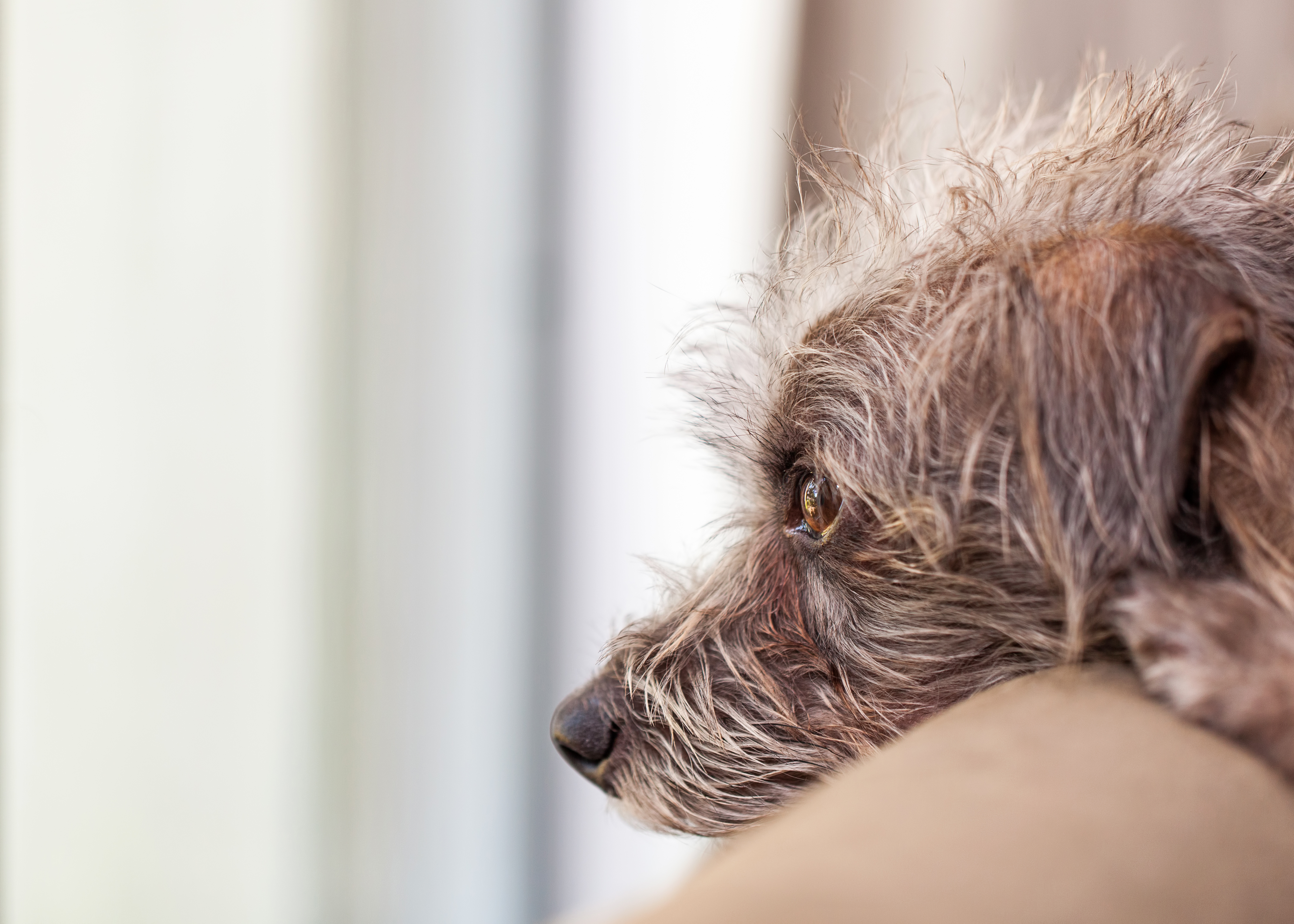
Recognizing signs of fear and anxiety in your dog is crucial for effective socialization. Common signs include cowering, trembling, hiding, or excessive barking. Understanding these signals allows you to intervene appropriately, preventing negative experiences that could hinder your dog's progress. If your dog shows signs of fear, remove them from the situation and provide comfort and reassurance. Gradually reintroduce the experience at a lower intensity, allowing your dog to build confidence at their own pace.
10. Consistency and Patience in Training

Consistency and patience are key components of successful socialization. Dogs thrive on routine and predictability, so maintaining a consistent training schedule helps reinforce desired behaviors. Be patient with your dog, understanding that progress may be slow but steady. Celebrate small victories and remain committed to your dog's socialization journey, knowing that your efforts will lead to a happier, more confident canine companion. Sometimes, despite your best efforts, professional help may be necessary to address your dog's shyness and socialization challenges. Professional dog trainers or behaviorists can provide valuable insights and tailored strategies to address specific issues. They can help identify underlying causes of anxiety and develop a comprehensive socialization plan that suits your dog's unique needs. Seeking professional guidance can be a valuable investment in your dog's long-term well-being and confidence.
Transforming a shy pup into a confident canine is a journey that requires understanding, patience, and dedication. By implementing these 11 proven socialization secrets, you can help your dog overcome their fears and embrace the world with enthusiasm. Remember that every dog is unique, and progress may vary. Celebrate each step forward, no matter how small, and continue to provide love and support as your dog grows into a confident, friendly companion. With time and effort, you can unleash your dog's full potential, ensuring a lifetime of happy, sociable experiences.
